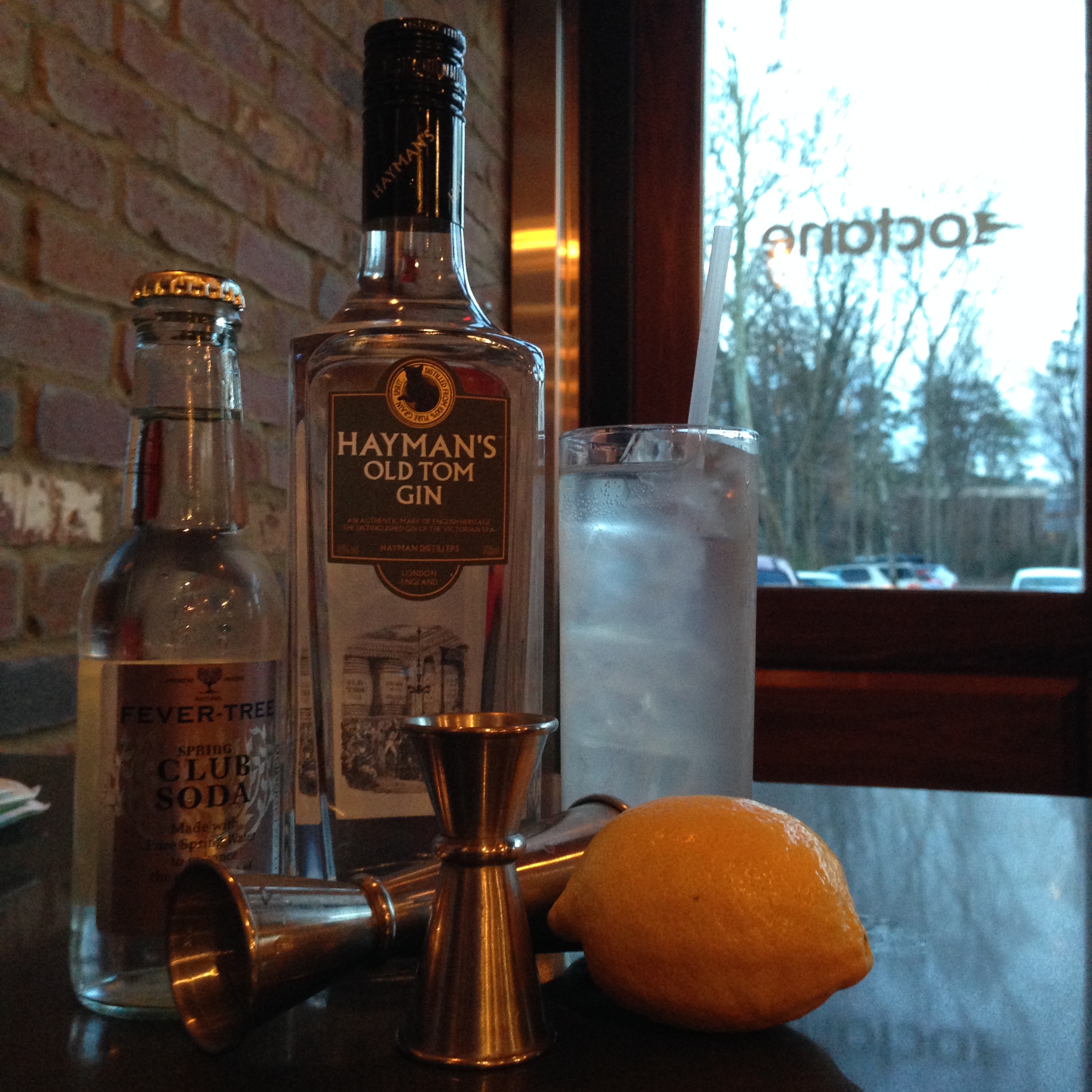 After ten months of bartending, I've tasted through quite a few different sherries. Before that, I considered sherry to be a product only for cooks and older women. Needless to say, the range of styles and flavors quickly turned my apprehension into appreciation. In cocktails, this ingredient can add aspects such as dryness or a sweet, round nuttiness. High quality sherry also adds a lovely rich, velvety body.
Flips are the oldest defined class of cocktail. Modern variations usually involve an egg, sweetening agent and base liquor or liqueur, but the earliest flips were most likely variations of a spiced, sweetened and beer-based punch. This cold weather drink was probably also heated with a poker, causing sugars to caramelize and the whole brew to hiss and boil. The result was a complex mix of sweet and bitter from quickly heating the mix with the poker.
After ten months of bartending, I've tasted through quite a few different sherries. Before that, I considered sherry to be a product only for cooks and older women. Needless to say, the range of styles and flavors quickly turned my apprehension into appreciation. In cocktails, this ingredient can add aspects such as dryness or a sweet, round nuttiness. High quality sherry also adds a lovely rich, velvety body.
Flips are the oldest defined class of cocktail. Modern variations usually involve an egg, sweetening agent and base liquor or liqueur, but the earliest flips were most likely variations of a spiced, sweetened and beer-based punch. This cold weather drink was probably also heated with a poker, causing sugars to caramelize and the whole brew to hiss and boil. The result was a complex mix of sweet and bitter from quickly heating the mix with the poker.
About 150 years ago, the first references to cold flips appear. As rum and other spirits became more available within Europe and elsewhere, they replaced beer as the base for the flip. Some bartenders (or home bartenders) added egg and sometimes cream to the mixture, and the cold flip was born. Though the inclusion of cream is now categorized separately, this class of drinks has a long and well-established history.
Since most bars no longer stock fire-heated pokers (can haz industrial heating rod?), cold flips have become the more prevalent cocktail option. These creamy, sweet, rich confections are the perfect nightcap or post-dinner dessert.
Recipe: 2 dashes Chocolate molé bitters 1 whole unpasteurized farm egg* 1 tsp Grade B maple syrup 2 oz sherry (NOT CREAM OR COOKING SHERRY) Combine all ingredients in a cocktail shaker and shake vigorously for 20 seconds without ice. Add ice and shake for an additional 20 seconds or until combined and chilled through. Strain into a chilled rocks glass.
*If you're apprehensive about using an uncooked egg in a cocktail, read my primer on the subject here.





